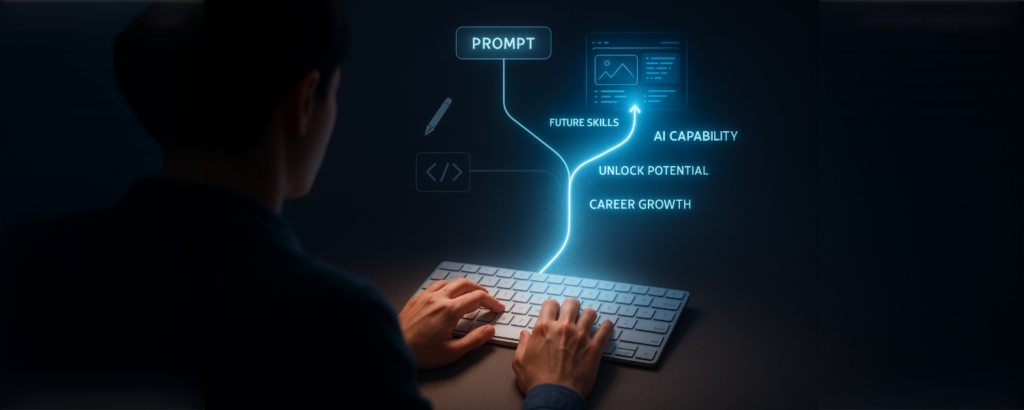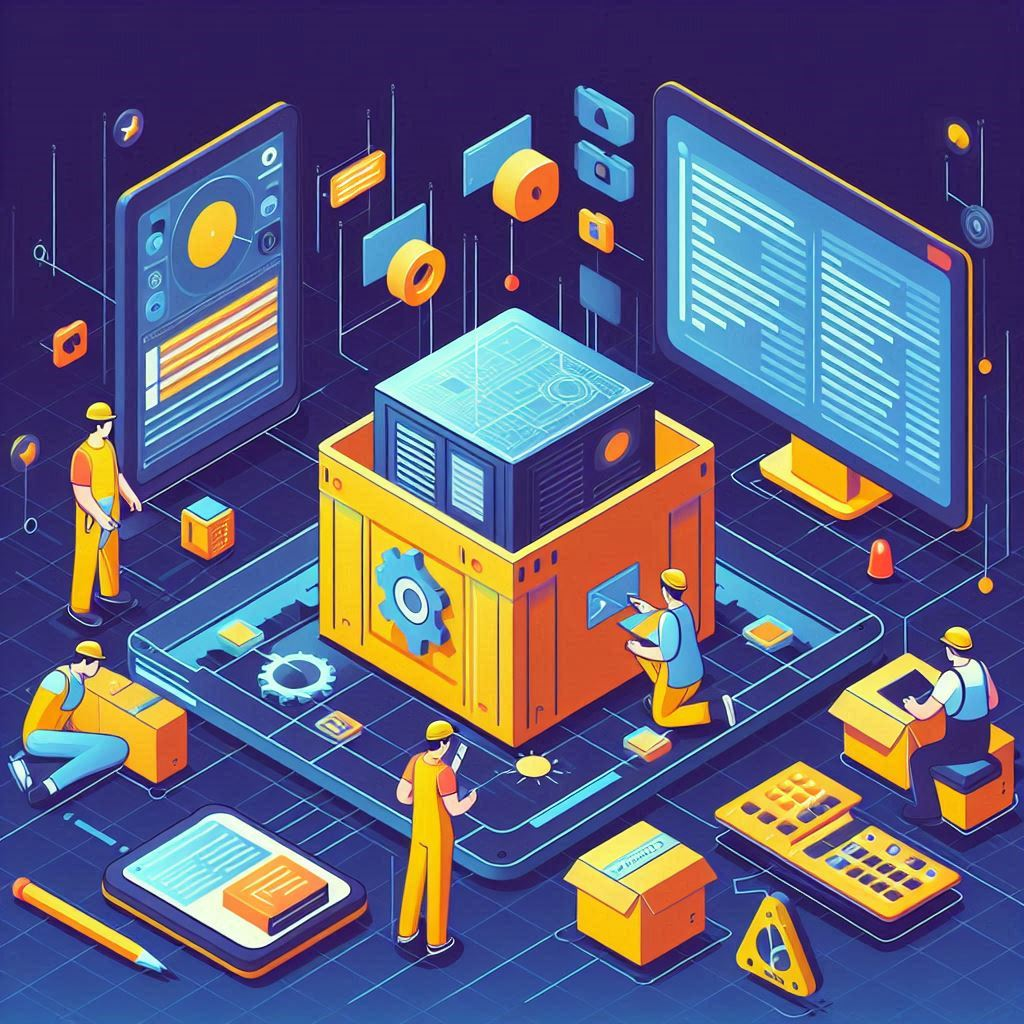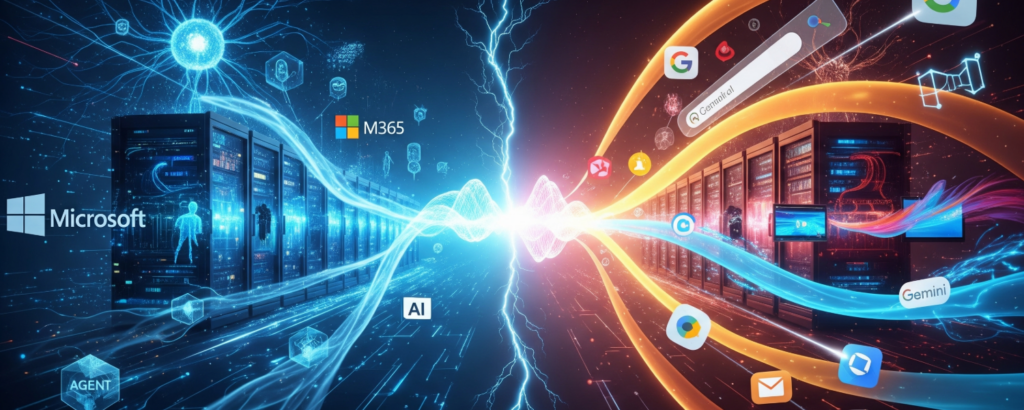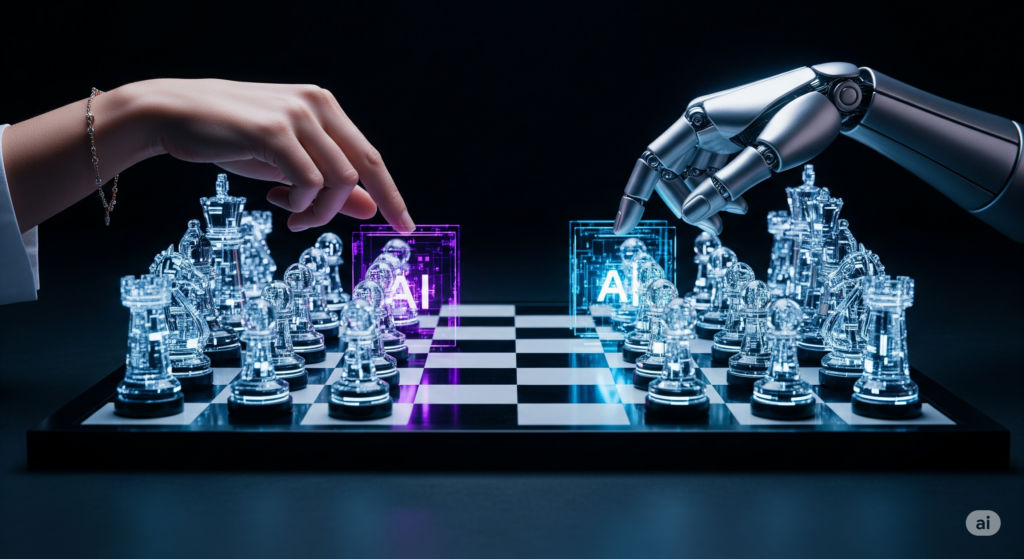10 Powerful Ways AI is Changing Art & Product Design

Artificial intelligence (AI) is not only transforming the way we work, communicate, and learn, but also the way we create and design. From generating realistic images and animations to enhancing existing artworks and products, AI is opening up new possibilities and challenges for artists and designers. Here are 10 ways AI is changing art and product design:
- AI can create original artworks and designs from scratch. Using deep learning algorithms, AI can generate realistic and diverse images, texts, sounds, and videos that can be used as sources of inspiration or as finished products. For example, NVIDIA’s StyleGAN can create photorealistic portraits of people who do not exist, while OpenAI’s DALL-E can draw anything from a text description.
- AI can enhance existing artworks and designs with style transfer and super-resolution. Style transfer is a technique that applies the style of one image to another, creating a new image that combines the content and the aesthetics of both. Super-resolution is a technique that increases the resolution and quality of an image, making it sharper and clearer. For example, DeepArt.io can transform any photo into a painting in the style of famous artists, while Let’s Enhance can upscale any image up to 16x without losing details.
- AI can remix and mashup artworks and designs from different domains and genres. Using generative adversarial networks (GANs), AI can learn the features and patterns of different types of data and combine them in novel ways. For example, Artbreeder can create hybrid images by blending faces, animals, landscapes, and more, while Jukebox can generate music by mixing different genres, artists, and lyrics.
- AI can analyze and optimize artworks and designs for specific purposes and audiences. Using computer vision and natural language processing (NLP), AI can understand the content, context, and sentiment of artworks and designs, and provide feedback and suggestions for improvement. For example, Tailor Brands can create customized logos based on user preferences and business goals, while Grammarly can check and improve the writing quality and tone of any text.
- AI can automate and streamline the workflows and processes of art and design creation. Using machine learning and automation tools, AI can perform tedious and repetitive tasks that would otherwise take a lot of time and effort for humans. For example, Adobe Photoshop can automatically select and mask objects in an image, while Canva can automatically resize and format any design for different platforms.
- AI can collaborate with humans in co-creative ways. Using interactive and adaptive systems, AI can learn from human feedback and inputs, and provide suggestions and guidance for human users. For example, Google’s Quick Draw can guess what a user is drawing in real time, while Autodesk’s Dreamcatcher can generate design alternatives based on user specifications.
- AI can challenge and inspire humans to explore new forms of expression and creativity. Using generative models and evolutionary algorithms, AI can produce unexpected and surprising outcomes that can spark new ideas and perspectives for humans. For example, Google’s DeepDream can generate psychedelic images from any input image, while NESS Labs Music can compose music based on biological models of evolution.
- AI can democratize art and design creation and consumption. Using cloud computing and online platforms, AI can make art and design tools more accessible and affordable for anyone with an internet connection. For example, Artisto can turn any video into an artistic masterpiece with a few clicks, while Sketchfab can host and share 3D models online.
- AI can personalize art and design experiences for individual users. Using recommender systems and user profiles, AI can tailor art and design content to the preferences and needs of each user. For example, Spotify can create personalized playlists based on user listening history, while Netflix can suggest movies based on user ratings.
- AI can foster social interaction and engagement around art and design. Using social media and online communities, AI can connect artists, designers, consumers, critics, fans, collaborators, etc., across different platforms and channels. For example, Instagram can showcase art
and design works to millions of followers, while Twitch can livestream artand design sessions to thousands of viewers.
AI is Here to Stay
In conclusion, artificial intelligence is revolutionizing the fields of art and product design in profound ways. The 10 ways discussed above demonstrate the wide-ranging impact of AI on creative processes, aesthetics, and the overall experience of art and design. AI enables the creation of original artworks and designs, enhances existing creations, and facilitates the remixing and merging of different artistic elements. It offers valuable insights and optimizations, streamlines workflows, and collaborates with human creators in co-creative ways. AI also challenges and inspires human creativity, democratizes access to art and design tools, personalizes experiences, and fosters social interaction and engagement.
As AI continues to advance, it holds the potential to reshape artistic and design landscapes further. However, it is essential to recognize the unique role of human creativity and expression in the artistic process. AI serves as a powerful tool and partner, augmenting human capabilities and opening new avenues for exploration. By embracing the possibilities and addressing the challenges, artists and designers can harness the transformative potential of AI to push the boundaries of creativity, connect with audiences, and shape the future of art and design. The synergy between human ingenuity and AI innovation promises a fascinating and dynamic future for the world of art and product design.
Stay current and discuss AI Trends & Topics. Sign up for a free WiredColony Account.






Responses